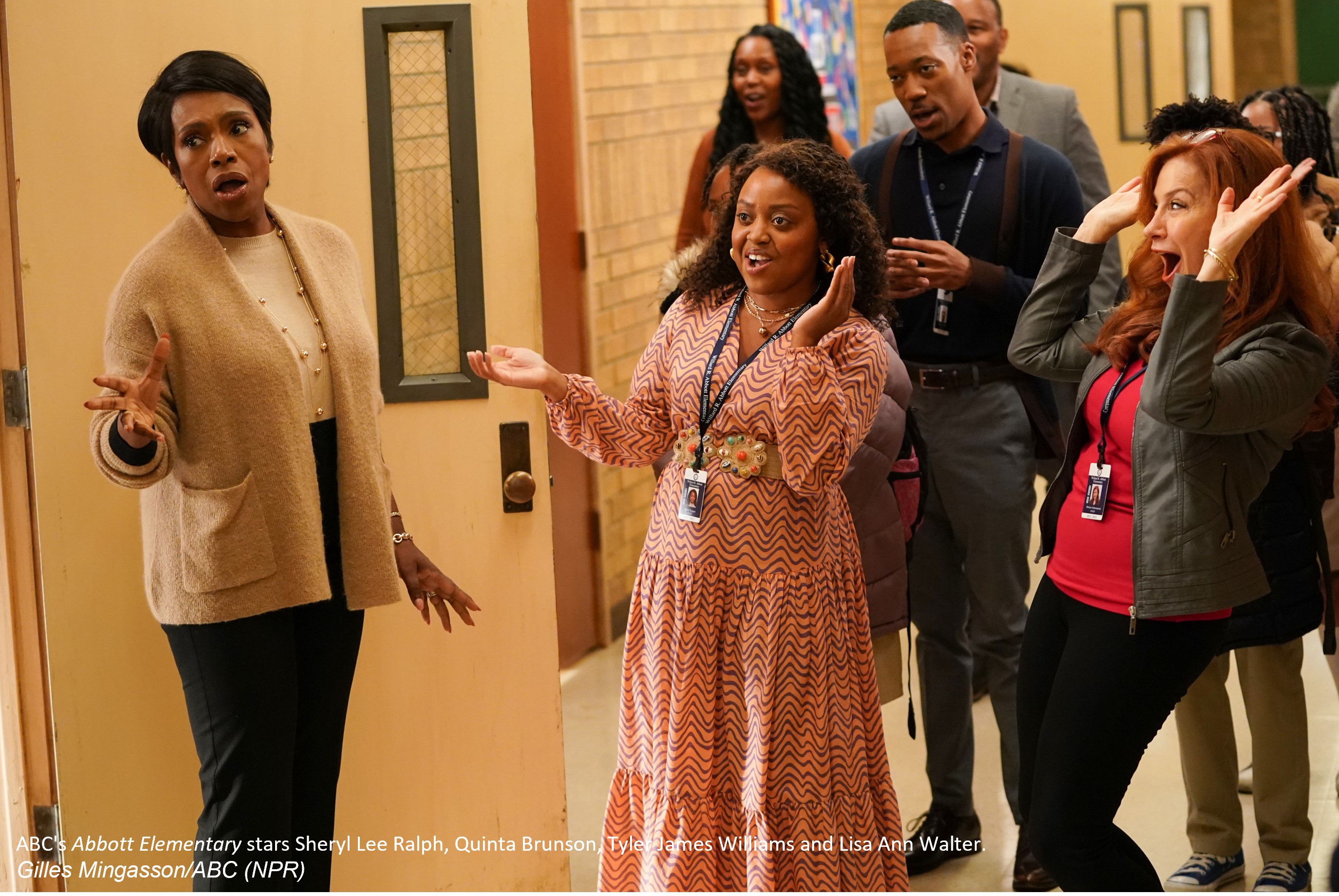Creating a Bridge Where there is a Divide
When Sheryl Lee Ralph started her career, Quinta Brunson had yet to be born.
Sheryl made her screen debut over 12 years before Quinta was born. She made her Broadway debut 8 years before Quinta was born. And she had had almost 20 roles (in single episodes and as a regular cast member) before Quinta had even turned 10 years old. Suffice it to say, Sheryl had a successful career long before there was a Quinta Brunson.
When Quinta gained prominence as a comedic writer for series she had written, it was 37 years after Sheryl started her career. And it was on Instagram - a platform that was not even a thought when Sheryl’s career launched. Quinta’s next series that drew a following was on Facebook Watch, and it was literally 40 years after Sheryl’s career started.
Quinta is approximately half of Sheryl’s age.
Yet somehow, these two women from different eras, both geniuses in their own right, found a way to bridge what some have coined a “generational divide” and used it to build a bridge that created space for them to highlight the best in each other in the hit show, Abbot Elementary. This show has broken viewership records, has financially invested in underserved communities and schools, and has won each of these women their first Emmy awards. When I think about the multigenerational era that we are in, Sheryl Lee Ralph and Quinta Brunson are a beautiful example of #betterTogether.
Our current multigenerational workforce has been a hot topic. The focus of countless discussions, articles and thought pieces over the years. About what it means to be in an era where Traditionalists, Baby Boomers, Gen X, Millennials and Gen Z are all working together. I live it, I study it, and it’s real.
We are currently living in a time where people who grew up having the answer to any question right at their fingertips, are working with people who had to wait until they could make it to a library with an Encyclopedia or microfiche to get answers to certain questions. That’s a huge gap y’all! A gap on what we expect, on what we know or what we think we know, on how resourceful we are, the list is endless. The era in which we were raised shapes our expectations and experiences.
As I think about how Sheryl Lee Ralph and Quinta Brunson were able to create this beautiful and collaborative approach to their work together, a few things stood out to me. And each of these women (the younger and older) had to show up in an intentional way. Here are a few nuggets I'm pulling and offering to the Quintas and Sheryls working together to build a bridge and create a collaborative experience across generations:
The Quinta Brunsons in the workplace:
- Respect the history. Quinta knew she specifically needed Ralph’s wisdom and grace in that role. While clear that she was creating something new, she knew not only the work that Sheryl had put in throughout her career, but also the way that Sheryl had paved for her work.
- Assume your agency. Quinta had a very particular vision for the role she wanted and needed Sheryl to play and asked her for that. Even after Sheryl asked to play a different character, Quinta was clear about her vision and was able to articulate why Ms. Howard was the right role for Sheryl.
- Be open to learning. When we’ve been shaped by something - whether it is race, gender, or a certain era - it is often hard to expand and see beyond that. Collaboration, by definition involves integrating something from someone else in order to create something.
The Sheryl Lee Ralphs in the workplace:
- See something new. Earlier in her career, roles and shows looked a very particular way. Even the way that Abbott Elementary is filmed (mockumentary style) is a newer form of television style not used in Sheryl’s previous TV shows. She had to be able to see and imagine a new way of doing a show?
- Recognize the future. During and interview on The View, Sheryl Lee Ralph said, “Quinta’s got her finger on the pulse.” Sheryl knew that in a lot of ways, Quinta knew something that she didn’t.
- Be open to learning. When we’ve been shaped by something - whether it is race, gender, or a certain era - it is often hard to expand and see beyond that. Collaboration, by definition involves integrating something from someone else in order to create something. (This is intentionally a repeat of number 3 above, as it’s just a critical, regardless of where you locate yourself.)

